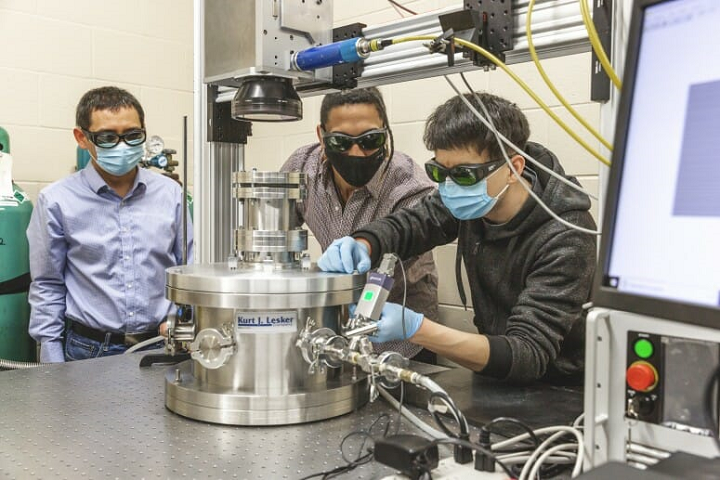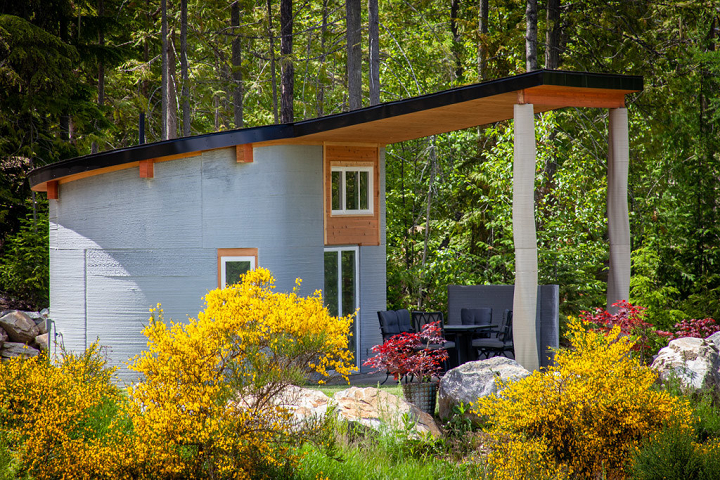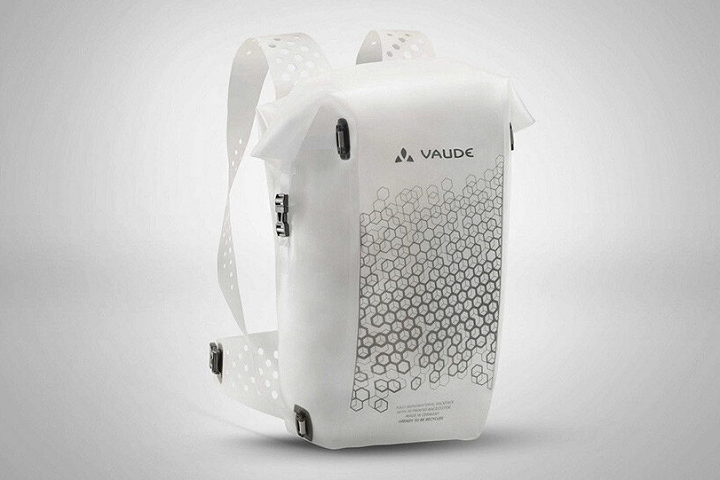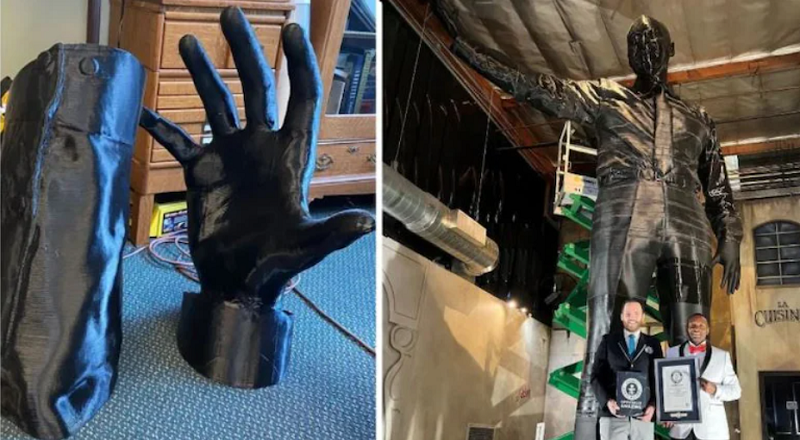3DPrint.com | The Voice of 3D Printing / Additive Manufacturing |
| 3D Printing News Briefs, April 9, 2022: Metal, Art, & More Posted: 09 Apr 2022 05:30 AM PDT We’re first talking about how to reduce defects in metal 3D printing in today’s 3D Printing News Briefs, and then moving on to 3D printed houses as a possible solution to help people displaced by floodwaters. Outdoor brand Vaude is using 3D printing to make a recyclable mono-material backpack. Finally, a US physician has broken a Guinness World Record for the tallest 3D printed sculpture of a human. New Technique Reduces Metal AM Defects L-R: UW–Madison mechanical engineering professor Lianyi Chen, and doctoral students Luis Escano and Minglei Qu, work in Chen's lab, where they developed a technique to limit defects in 3D printing with metals. Photo by Renee Meiller, UW–Madison First, a team of researchers with the University of Wisconsin–Madison published a paper about their work developing a unique method for 3D printing metal parts—using laser powder bed fusion (LPBF) technology—with far fewer defects. Their technique uses ceramic nanoparticles to control instabilities within the LPBF process that cause the defects, like cracks and pores, in the first place. LPBF melts thin layers of metallic powder in specific locations using a high-energy laser beam, but the surface of the powder heats to boiling when it interacts with the laser. This creates a hot vapor, which creates pressure that presses down on the melting material and causes droplets to jump out and cause these defects, which can compromise the durability and strength of the final part. But the researchers discovered that when they introduced ceramic nanoparticles, they created a coating that stabilized the melt pool and reduced spatter.
Helping Displaced People with 3D Printed Houses? Fibonacci House, Canada’s First 3D Printed Home, located near Nelson. (Photo via Twente Additive Manufacturing) Merritt, a city in Canada, has begun a pilot project with the University of British Columbia (UBC) that’s investigating if 3D printed homes could be a true solution to help people who were displaced by floods late in 2021. The printer the city wants to buy costs over a million dollars, and it costs about $30,000 to print each home, which is why Merritt has partnered with UBC, charity organizations, and possibly even other levels of government to make the dream a reality. The whole of the project depends on how much funding was raised during the Hell or High Water fire and flood relief benefit concert at the city’s recent Rockin' River Fest. If successful, the city could even begin 3D printing 600 square foot homes later this month.
Vaude Introduces 3D Printed Recyclable BackpackSustainable outdoor brand VAUDE has introduced the Novum 3D, a 3D printed, totally recyclable backpack made from mono-materials. The prototype features a strong honeycomb construction and lightweight suspension system for maximum stability, and all parts of the bag, including the back pads, straps, and packsack, are removable and 3D printed from a thermoplastic TPU material. The open structure of the pack enables ideal ventilation as well, and varying degrees of hardness in the Novum 3D allow for excellent pressure distribution. VAUDE is committed to a responsible, sustainable design process for making comfortable products, like the Novum 3D backpack, while also reducing CO2 emissions. The goal of the Novum 3D is for it be recycled and made within a circular design loop.
Tallest 3D Printed Human Sculpture Wins Guinness World RecordFinally, California-based emergency medicine physician Dr. Vinson Eugene Allen has won a Guinness World Records title for the tallest 3D printed sculpture of a human. Weighing roughly 680 kg and standing just over 6 meters, the sculpture is nearly twice as tall as the one 3D printed by the previous record holder. Dr. Allen, who founded Dusk to Dawn Urgent Care facilities, says his “Statue of Inspiration” was initially created to sit on a freeway billboard in Los Angeles as part of an advertising strategy. After patients started commenting on his first try, which didn’t quite meet the requirements for the record, Dr. Allen started to really think about breaking it in an effort to inspire, celebrate, and empower his community. It took a team of nine people 12 weeks to print and assemble his second effort, after the giant sculpture was shipped in 45 parts from Minnesota to California, and Dr. Allen says the win is even more special to him because it was verified during Black History Month.
The post 3D Printing News Briefs, April 9, 2022: Metal, Art, & More appeared first on 3DPrint.com | The Voice of 3D Printing / Additive Manufacturing. |
| You are subscribed to email updates from 3DPrint.com | The Voice of 3D Printing / Additive Manufacturing. To stop receiving these emails, you may unsubscribe now. | Email delivery powered by Google |
| Google, 1600 Amphitheatre Parkway, Mountain View, CA 94043, United States | |



0 comments:
Post a Comment